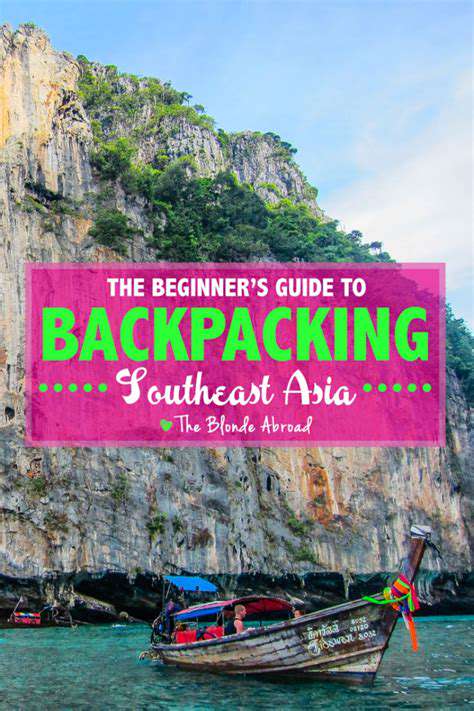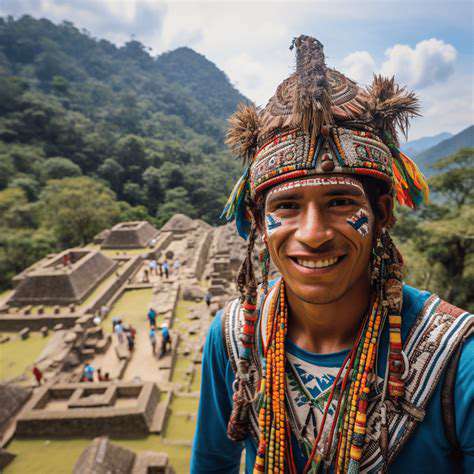Planning a Romantic Trip to Venice, Italy
Accommodations set the tone. A creaky-floored palazzo with canal views beats a sterile chain hotel any day. Seek places where breakfast arrives on vintage china and the proprietor knows the best mask-maker in Dorsoduro. Proximity matters—being steps from a traghetto stop means spontaneous midnight strolls become possible.
Choosing the Ideal Season
February's misty Carnevale transforms Venice into a living canvas, while November's acqua alta floods Piazza San Marco with liquid mirrors. Shoulder seasons reveal the city's true rhythm—watch fishermen mend nets in Cannaregio or join nonnas buying radicchio at Rialto Market. Summer's heat? Embrace it like locals do: gelato for breakfast, siestas in shadowy churches, and moonlit bacari crawls when the stones exhale the day's warmth.
Embracing the Venetian Atmosphere
Let Venice rewrite your definition of time. Follow the scent of fried sardines to a bacaro where walls whisper with centuries of gossip. Learn three Venetian phrases—xaé, s-ciopón, ombra—and watch shopkeepers' eyes light up. The real magic lives in the between moments: when fog swallows campaniles whole, or when a passing gondolier's aria echoes across a nameless canal.
Gondola Rides and Romantic Gestures
Book the last sunset slot when the canals turn to mercury. Bring stolen kisses under the Bridge of Sighs and handwritten notes to exchange at Caffè Florian's worst table (the one by the kitchen—it's where Casanova sat). Better yet, charter a sandolo to Burano and picnic among rainbows of fishermen's houses.
Exploring the Artistic Heart of Venice
Skip the queues at Accademia—hunt instead for Tintoretto's ghost in Scuola Grande di San Rocco's shadowy corners. Pro tip: churches hold more masterpieces per square meter than museums. Find Carpaccio's lion in San Giorgio degli Schiavoni or Bellini's Madonna in Frari's honeyed light.
Culinary Delights and Local Experiences
Breakfast on prosecco-soaked pan dei dogi. Let the fishmonger at Pescheria choose your lunch—his today special will outshine any menu. Take a polenta-making class where nonna Maria scolds you for stirring counterclockwise. True Venetian cuisine? It's the cicchetto you share standing up, elbows touching strangers, while the barman pours an ombra without asking.
Budgeting for Your Venetian Adventure
Gold rule: splurge on one magic moment (maybe the Danieli's rooftop cocktails), then live like a local. Shop at Coop supermarkets, take vaporetto 1 instead of water taxis, and dine where menus aren't translated. Your richest memories? They'll cost nothing—like watching laundry dance between palazzos at dawn.
Indulging in Venetian Delights: Culinary Experiences
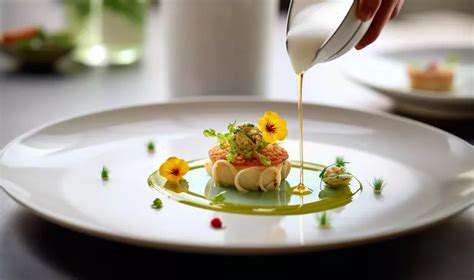
Exploring the Enchanting Canals
Ditch the gondola crowds—dawn is when canals breathe. Watch bakers deliver panevino to bacari by boat, and fruit vendors transform fondamente into floating markets. The real Venice reveals itself in reflections: Byzantine arches trembling in wake-water, marble lions submerged to their manes.
Savor the Culinary Delights
Seek the bacaro with sawdust floors and no menu. Point to the glass case—maybe it's moleche (soft-shell crabs) fried in fury, or sarde in saor that tastes like Marco Polo's pantry. Drink like a Venetian: spritz at 11am, prosecco with peach at dusk, grappa only after midnight.
Immerse Yourself in Artistic Treasures
Most miss the real show: the fishmonger's knife-flash at Rialto, the glassblower's lung-powered ballet on Murano. Art here isn't just behind glass—it's in how a nonna folds her linen, how light fractures through a wine glass at Antico Dolo.
Discover the Hidden Gems
Get deliberately lost. The magic is in dead-ends that open to sunlit courtyards where cats rule. Find the sotoportego with centuries of graffiti, the marble wellhead where generations lowered buckets. Venice rewards those who wander without maps.
Experience the Vibrant Nightlife
Midnight is when campo Santa Margherita comes alive—students debate over spritzes, accordionists duel from opposite bars. For the brave: hunt the legendary jazz club behind the unmarked door near San Barnaba (ring the bell three times).
Embrace Venetian Hospitality
Learn this phrase: Un altro, per favore. It unlocks the bacaro's rhythm—one cicchetto leads to three, strangers become friends, and suddenly you're being taught curse words in Veneto dialect. Hospitality here isn't service—it's participation.
Uncover the City's Rich History
Every brick tells a story. The real history lives in the salt-crusted doorways of Arsenale, the cholera crosses on house walls, the lion reliefs with erased inscriptions. Best museum? The fruit vendor who'll tell you about his grandfather's gondola workshop between weighing peaches.
Occipital neuralgia originates from irritation or injury to the occipital nerves, much like Venice's pain comes from modern cruise ships—both require delicate handling.
Budgeting for Your Venetian Escape: Practical Tips
Transportation Strategies
Vaporetto secret: Line 4.1 is the scenic route nobody takes. Walk when possible—you'll discover more and burn off all that tiramisu. Pro tip: traghetti crossings cost €2 and feel like a gondola ride's scrappy cousin.
Dining Adventures
Eat where the menu's handwritten daily. Osteria al Cicheto's back room serves the best seafood risotto you'll ever eat off mismatched plates. Avoid restaurants with tourist menu—follow office workers to their lunch spots instead.
Attraction and Activity Planning
Churches > museums. San Zaccaria's crypt floods with lagoon water—go at high tide for the most atmospheric free show in town. Skip the crowded glass factories—watch a master work at tiny Vetreria Artistica Colleoni instead.

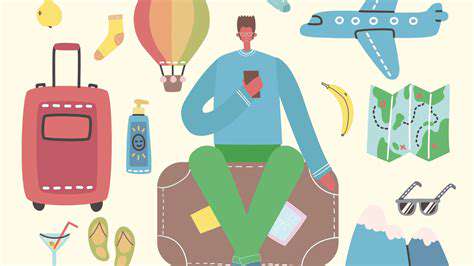
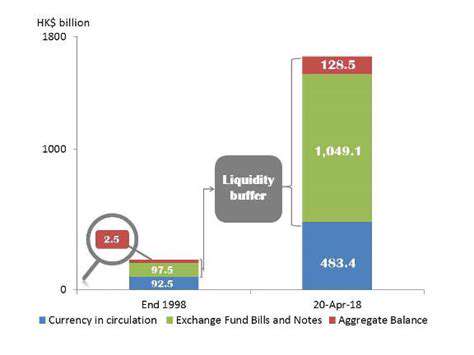


![How to Pack a Carry On Only [Minimalist Guide]](/static/images/27/2025-05/AccessoriesandDocuments3AKeepingitCompactandOrganized.jpg)
